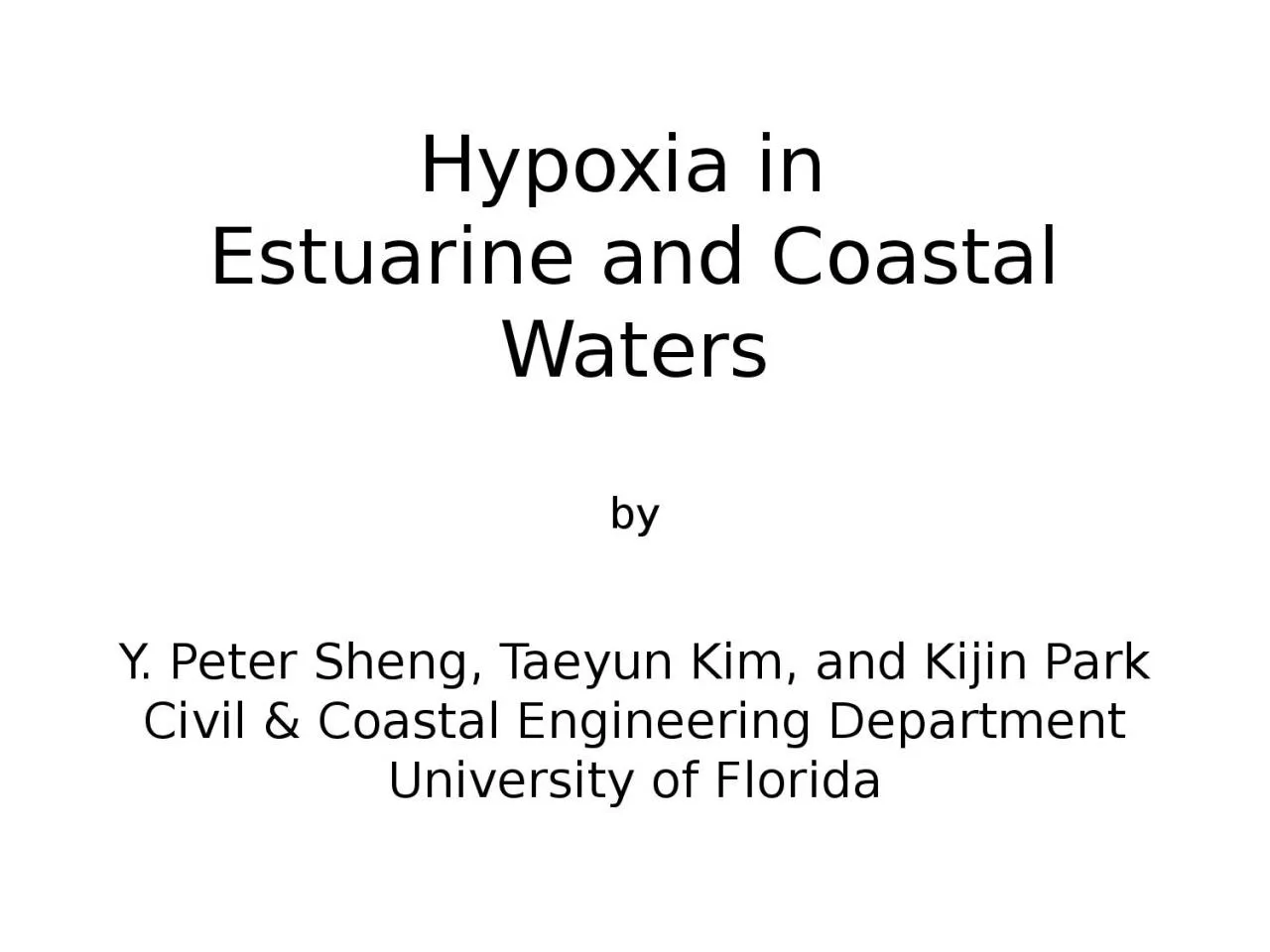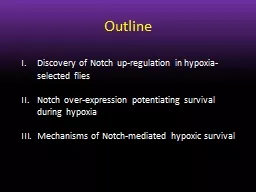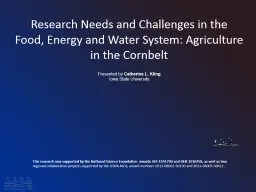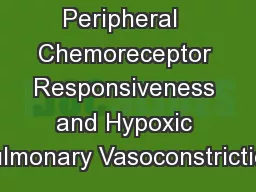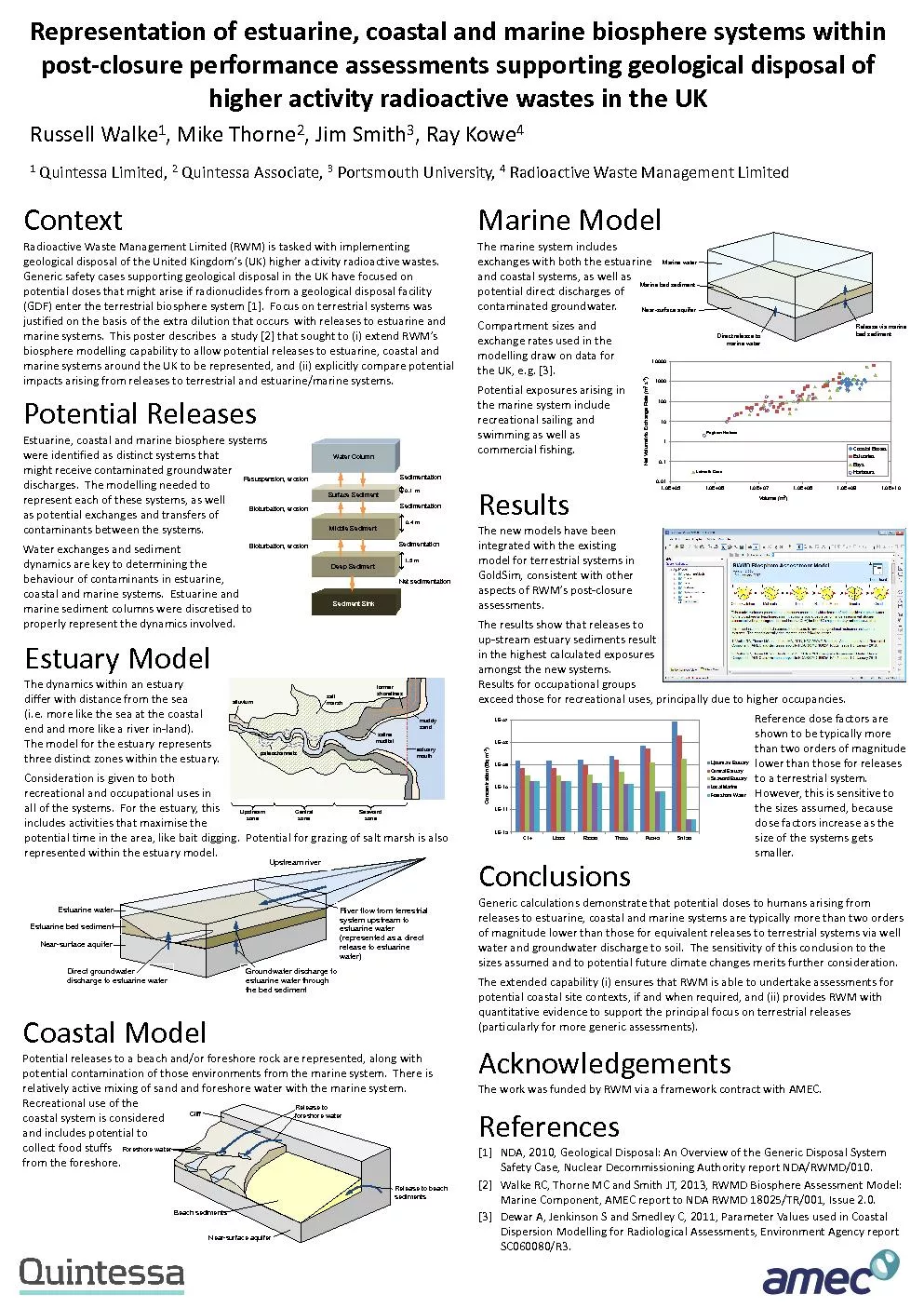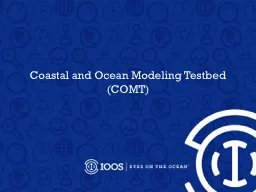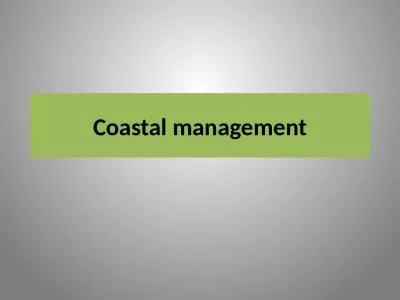PPT-Hypoxia in Estuarine and Coastal Waters
Author : jordyn | Published Date : 2022-06-28
by Y Peter Sheng Taeyun Kim and Kijin Park Civil amp Coastal Engineering Department University of Florida Content What Cause Hypoxia Hypoxia in Gulf of Mexico amp
Presentation Embed Code
Download Presentation
Download Presentation The PPT/PDF document "Hypoxia in Estuarine and Coastal Waters" is the property of its rightful owner. Permission is granted to download and print the materials on this website for personal, non-commercial use only, and to display it on your personal computer provided you do not modify the materials and that you retain all copyright notices contained in the materials. By downloading content from our website, you accept the terms of this agreement.
Hypoxia in Estuarine and Coastal Waters: Transcript
Download Rules Of Document
"Hypoxia in Estuarine and Coastal Waters"The content belongs to its owner. You may download and print it for personal use, without modification, and keep all copyright notices. By downloading, you agree to these terms.
Related Documents

